The Land of Kam
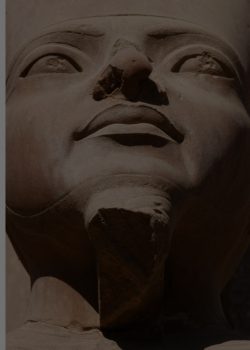
Hetepu (Peace & Blessings).
Welcome to the Land of Kam. My name is Derric “Rau Khu” Moore, and this is what I would call my online receipt book, which I have created to catalogue my spiritual journey, provide answers to FAQs, and share my experiences in Kamta.
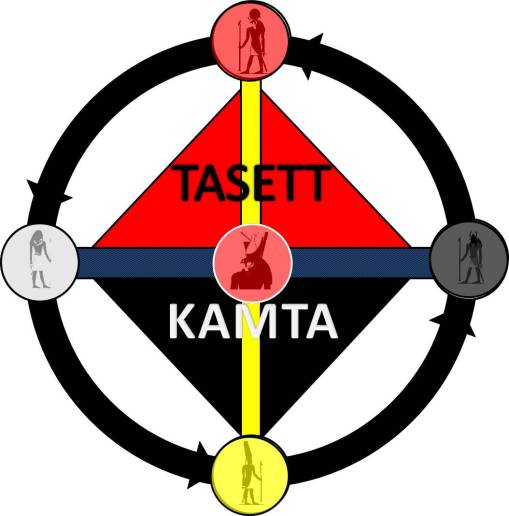
First things first, what is Kamta?
Kamta is the name of the shamanic spiritual tradition that I practice, which heavily draws from the Ancient Egyptian or Kemetic theology, the remnants of the Bantu-Kongo philosophy that survived through slavery in North America, combined with African American folk beliefs and practices, and Espiritismo Cruzado (also known as Afro-Cuban Crossed Spiritism).
I always tell people that I did not choose Kamta, but Kamta chose me because this is not a tradition I sat down and decided to create. After all, I was interested in the subject. Kamta was a tradition I was led to discover because it was a matter of life and death. You see, I was born and raised in an Apostolic Pentecostal “Jesus-only” home. My father was a preacher/pastor, and my mother was a Christian songstress. My parents were not as strict as a lot of other parents I have heard of, like my grandparents, who didn’t believe in watching movies, watching TV, reading certain books, etc., because they thought that they were protecting their souls from the devil. My parents were somewhat in the middle because they were the descendants of parents of the Great Migration (1910-1970). However, my family attended church six times a week, and sometimes more if we visited different churches in the City of Detroit or there was a State convention.
Mostly, I had a relatively good and safe childhood, which I learned as I got older because of some spiritual protections that were put in place to safeguard my sibling and me. As a child, I never noticed these things, and I never asked because the cultural norm back then was that ‘children are to be seen and not heard.’ But when I got much older, I recalled that my parents, grandparents, great aunts, and uncles were former Baptists who were now Apostolic Pentecostals or COGIC from Memphis, Tennessee, which is one of the main hubs that had a strong Conjure tradition with a heavy Congo influence that cultural anthropologist Tony Kail writes about in his book A Secret History of Memphis Hoodoo. As a result, I never saw my relatives light a candle for anything, but they used blessed olive oil, herbed-infused olive oil, and blessed water for everything. At many of the visiting churches we would attend, some of the practitioners used blessed candles and the like. I remember people would seek the assistance of some of the elders in the church because of their ability to pray away illness, change situations with prayer, and cast out demons. Now, I do recall hearing the word roots on the radio, asking my mother what it was, and being told it was something that evil people did, but I never heard the word hoodoo.
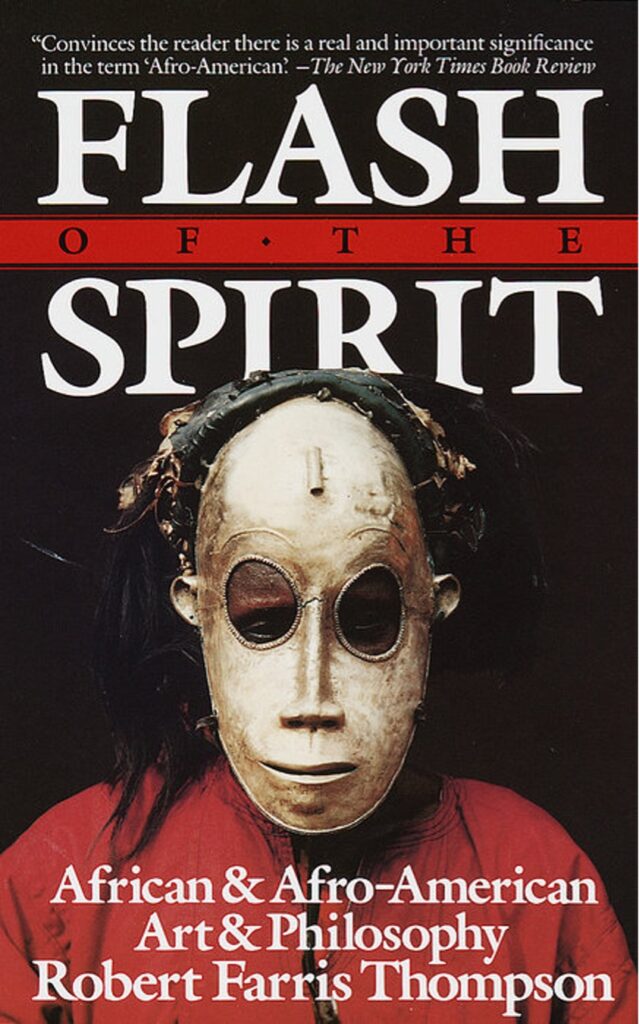
Again, I never thought about all these things as a child. It wasn’t until I got older and read Robert Farris Thompson’s Flash of the Spirit: African & Afro-American Art & Philosophy and The Four Moments of Sun, which documented the remnants of Kongo influence in North America, like the dikenga dia Kongo (aka Kongo Cross), that I recalled seeing numerous diamond patterns in my relatives’ homes and yards.
As you can see, there was a veil that came off my eyes when I got older because almost ten years ago, I nearly died. Before this happened, as a teenager, I knew something was wrong. I kept looking at my community and seeing nothing but churches, liquor stores, and carwashes pop up while unemployment and violent crimes steadily rose. I was depressed by it all, so much so that I wanted to die, and that’s when I met what I now know was my first spirit guide.
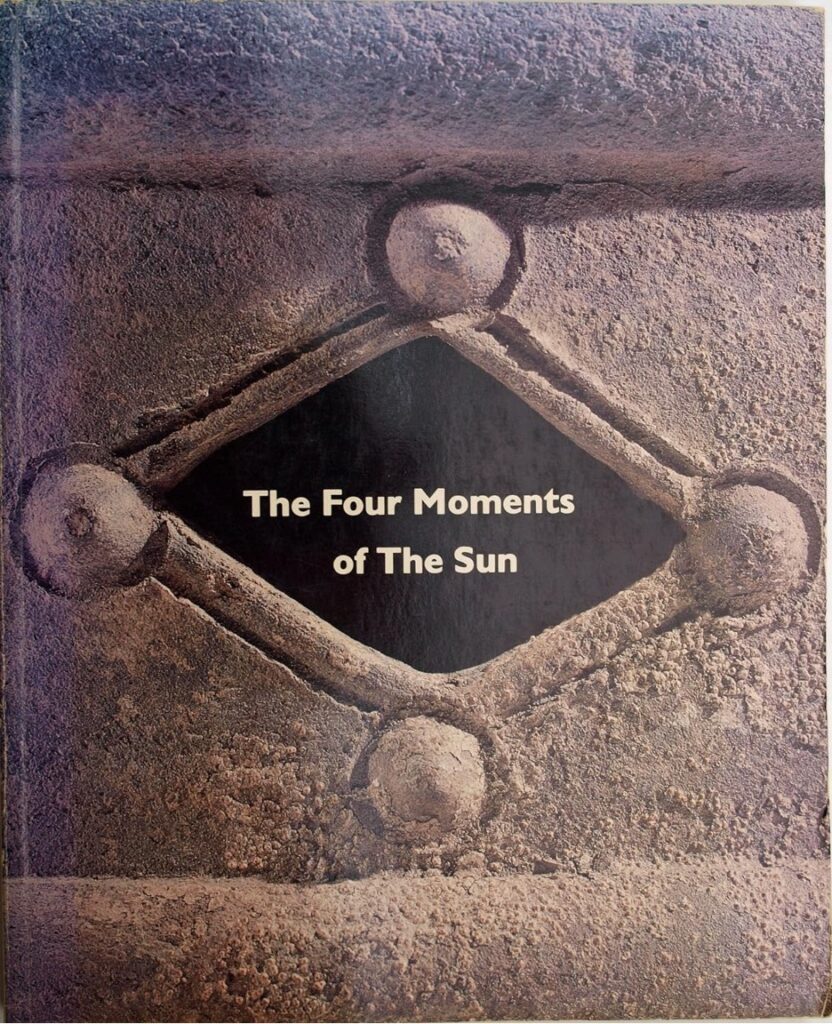
This spirit guide encouraged and inspired me to read and learn about the Kemetic religion, but because African spirituality and traditions were suppressed and demonized, coupled with Christianity’s belief in good versus evil. I didn’t know about spirits or spirit guides. I didn’t know about spiritual abilities or spiritual tools. So, I spent a lot of time reading and studying the Kemetic religion, traditional African and other world religions, African and Eastern philosophy, metaphysics, etc. I studied alone and under the tutelage of others, which led me to meet some very unscrupulous individuals as well as some very honorable followers in various Afro-Diasporic traditions like the Conjure woman Ms. Smith and Ms. B, a palera (Palo priestess). However, the most influential individual I met was my mentor, Papa, an elderly Afro-Cuban man who was Babalawo in Lukumi, an Espiritismo Cruzado practitioner, and a member of the all-male Abakuá Society.
Papa taught me a lot about spirits, but due to my immaturity, a lot went over my head. Fortunately, I wrote everything he taught me in my journal. Eventually, I lost contact with Papa, and sometime later, I met another very influential person, a priestess of Oshun, Iya (Mother), who divined that I was having so many problems walking my path because I was Called. She told me that the name “Rau Khu” was the name they had chosen because it was appropriate for my path. When I asked what I was Called to do, she told me that according to the oracle, I was called to be a shaman.
The only thing I knew about shamans was what I saw on TV, which was the stereotypical witch doctor dancing around bonfires while shaking a rattle or beating a drum. “I ain’t doing that!” I remember thinking and saying to myself. I didn’t know where to begin or how to learn about shamanism. So, I ignored what Iya told me and went about my business. Sometime after that, I became deathly ill and was diagnosed with systemic lupus.
To make a long story short, I found my journal, which contained all my notes from Papa, and I implemented it as soon as I was released from the hospital. I started honoring my ancestors per Papa’s instructions, and from there, I met my spirit guides. Through them, I later learned that many shamans experience shamanic illnesses so that they can heal themselves and help others with the wisdom they have acquired from walking in the spirit realm. In other words, a shaman is an intermediary between the Living and Spirits, who stands on the edge of both worlds (the Physical and the Spirit World) to achieve and maintain balance or Maa.
According to lore, the first shaman was Djahtui (Thoth, Hermes), who repaired Hru’s (Horus) eye, which allowed Hru to defeat his evil uncle Set. Djahuti also channeled the will of Osar (Osiris), who declared Hru to be Osar’s true heir. However, due to slavery, the theology behind most Black American cultural practices was lost, resulting in a lot of superstitious beliefs and practices. Hence, the reason I was encouraged to study the Kemetic religion was so that I could syncretize the Kongo philosophy with it and conceive Kamta. I now understood the purpose of my life, and it wasn’t long afterward I had this realization that lupus had gone into remission.
So, the Land of Kam website was created to help others reconnect to their Ancestral Way.
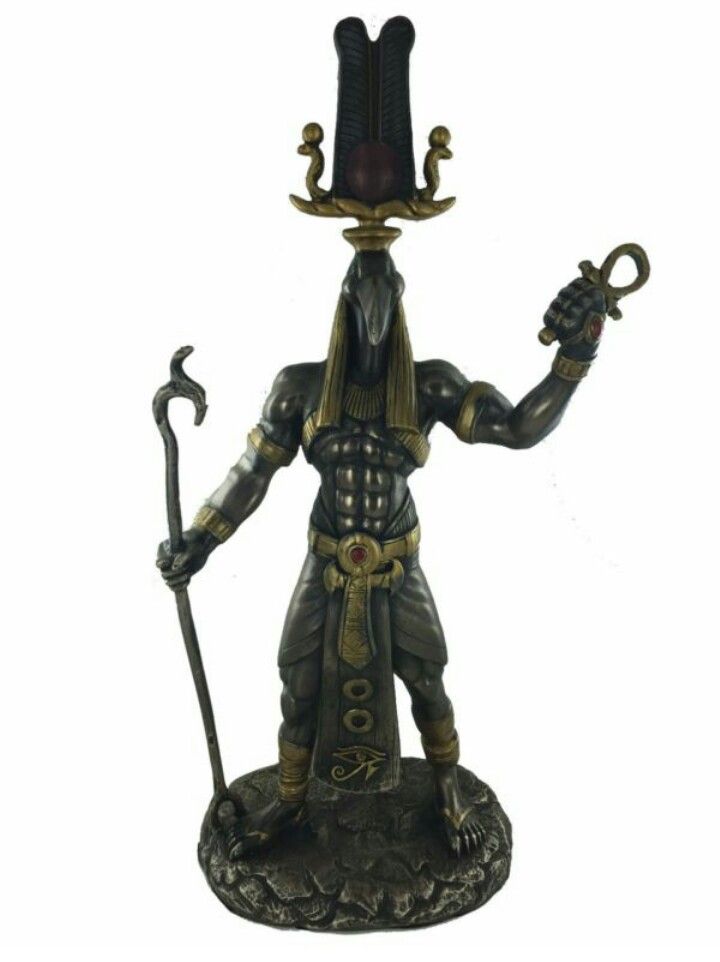
Djahuti was the first scribe, shaman, and priest. He is the inventor of language, writing, mathematics, divination, science, medicine, culture, music, magick, and alchemy.
